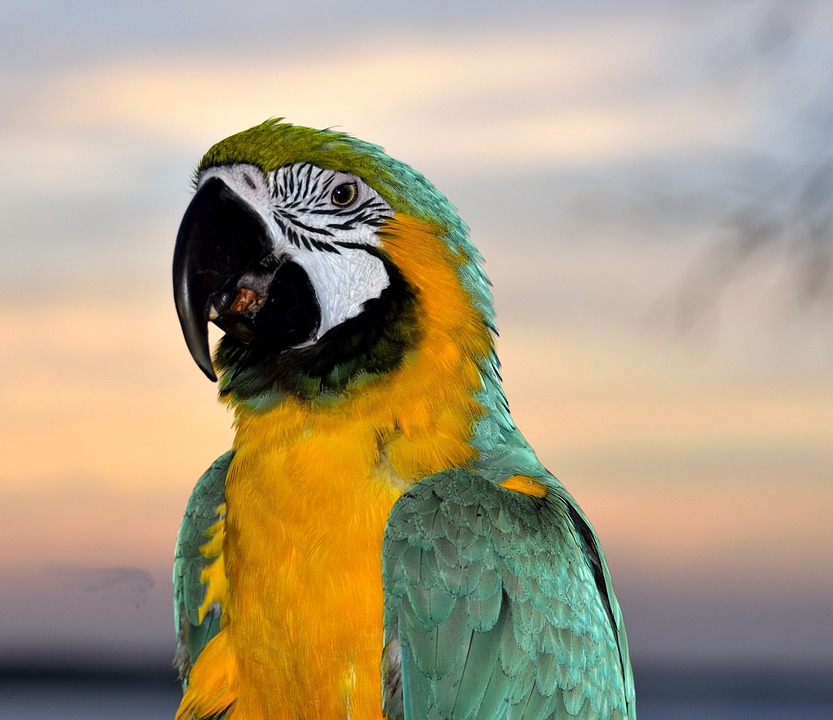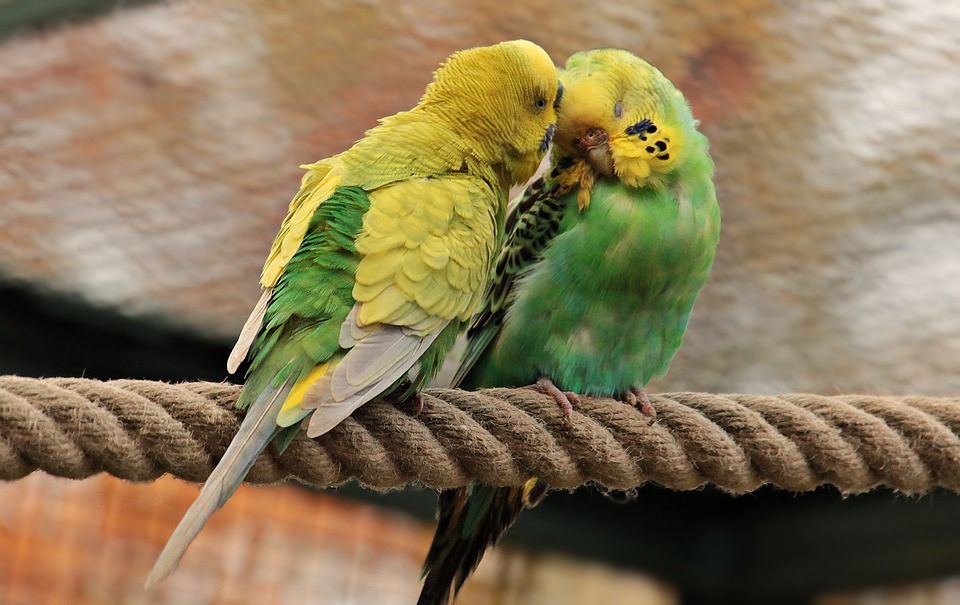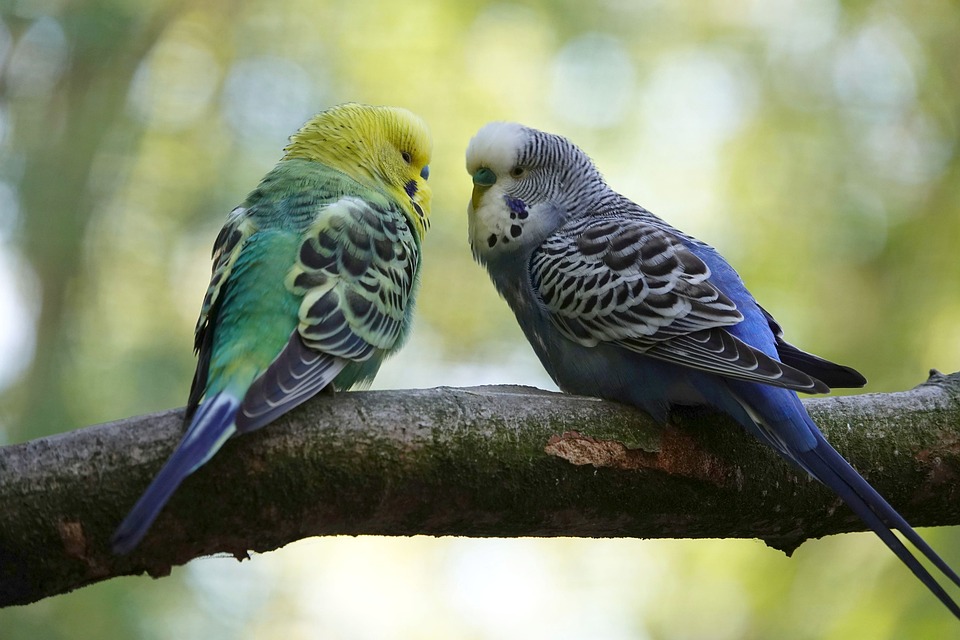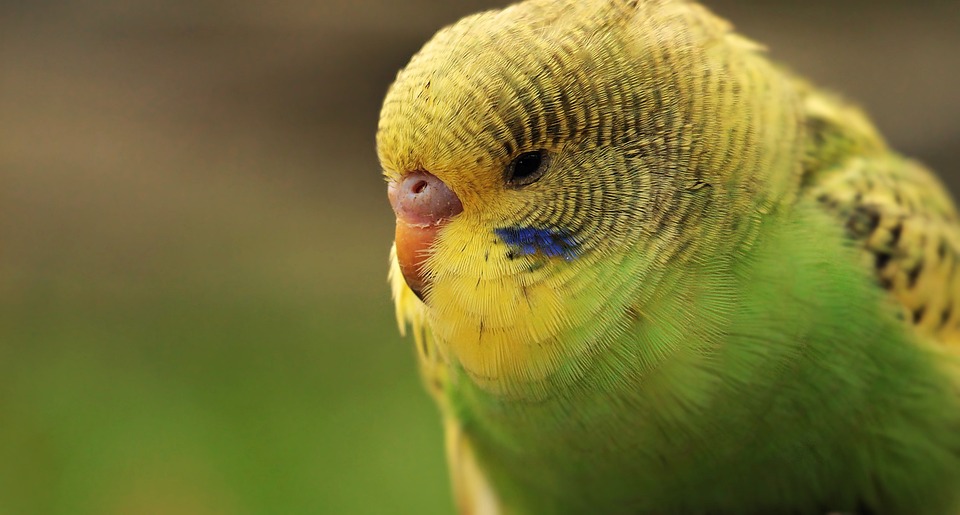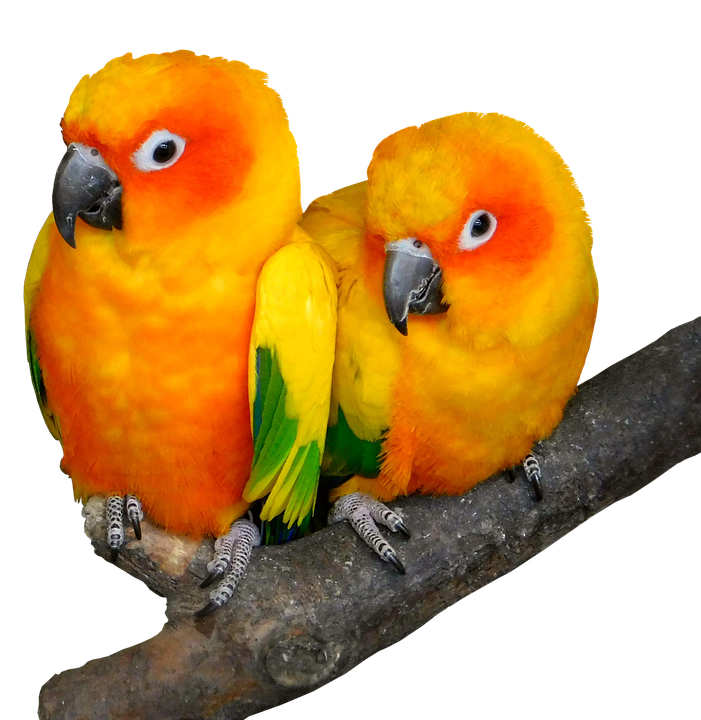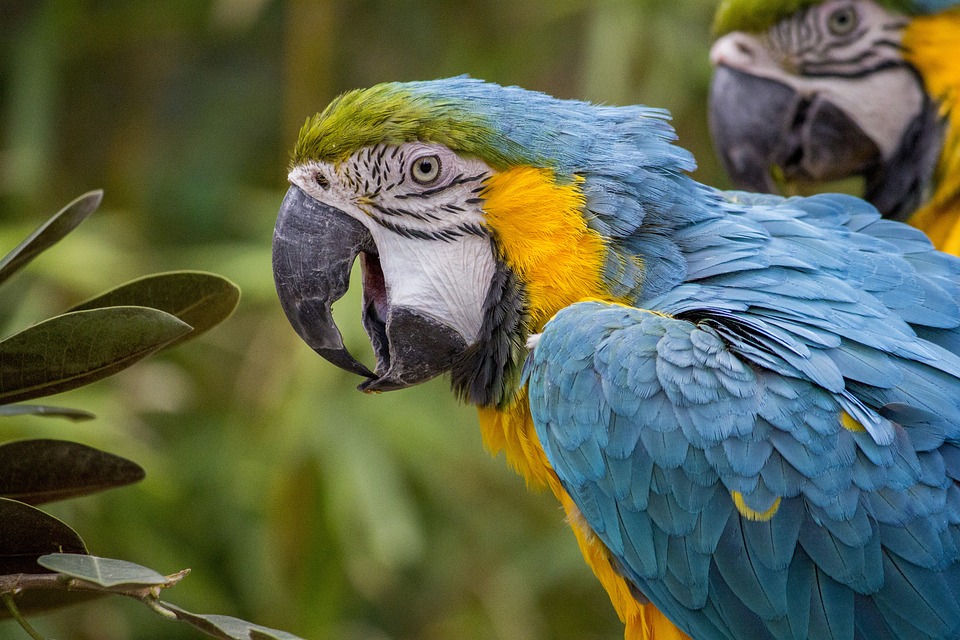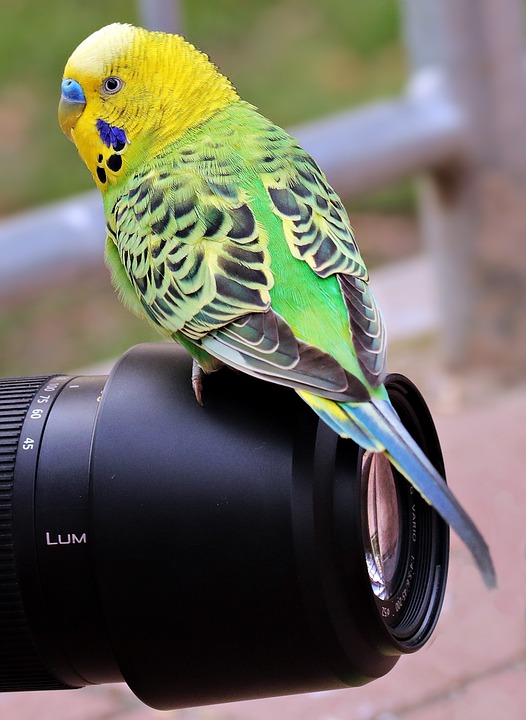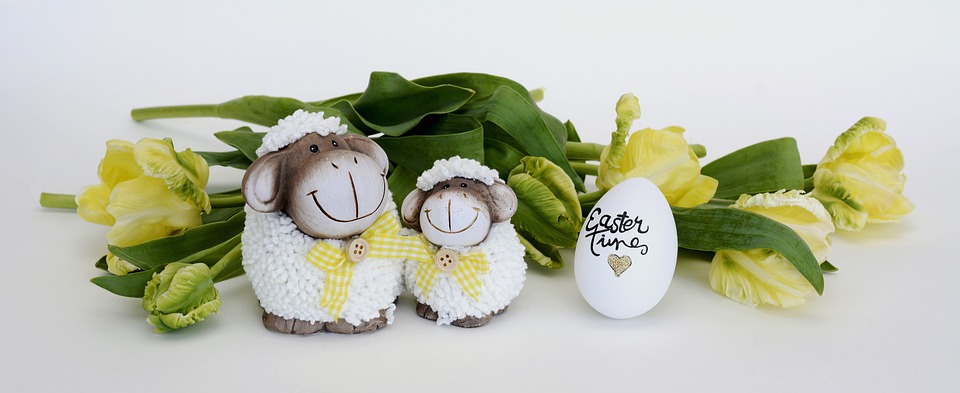Parrots are highly intelligent and curious creatures that thrive on mental stimulation. One way to keep them engaged and provide enrichment is by teaching them to interact with various textures and surfaces. This article will guide you through the process of training your parrot to explore different textures, along with essential tips and precautions. Let’s get started!
Parrots in the wild encounter a wide range of surfaces and textures daily. Teaching your parrot to interact with different textures mimics their natural environment, providing mental stimulation and preventing boredom. This training also helps desensitize your parrot to unfamiliar surfaces, reducing anxiety and fear.
Before commencing texture training, ensure you have a selection of safe and non-toxic textures/surfaces such as wood, fabric, cardboard, and plastic. You will also need treats or rewards that your parrot loves, as well as a quiet and comfortable training area free from distractions.
To begin, introduce your parrot to one texture at a time. Place the chosen texture, such as a small piece of fabric, near your parrot’s perch or play area. Observe their reaction and allow them to approach it at their own pace. Remember to be patient and avoid forcing your parrot to interact immediately.
Once your parrot shows interest in the texture, gradually increase exposure. Offer the texture during playtime or training sessions, encouraging your parrot to explore by touching, stepping on, or manipulating it with their beak. Use positive reinforcement, such as treats or praise, to reward their interaction.
Consistently reward your parrot with treats, praise, or their favorite toy whenever they engage with different textures. This positive reinforcement strengthens the association between textures and positive experiences, motivating your parrot to continue exploring new surfaces.
While introducing new textures, it’s crucial to prioritize safety. Ensure all textures and surfaces are free from toxic substances, sharp edges, or small parts that may pose a choking hazard. Monitor your parrot closely during initial interactions to prevent accidental ingestion or injuries. Avoid using slippery or unstable surfaces that may cause your parrot to lose balance or injure themselves.
Common challenges in texture training may include lack of interest, fearful behavior, or destructive chewing. If your parrot appears disinterested, try offering a different texture or using a treat as an incentive to engage. If your parrot displays fear or aggression towards a particular texture, take a step back and reintroduce it gradually, associating it with positive experiences. Parrots may chew on textures out of habit or curiosity. Redirect their chewing behavior towards appropriate toys and discourage destructive chewing on furniture or household items.
Some frequently asked questions about texture training include the training duration, the use of common household items, training older parrots, refusal to interact with specific textures, and the impact on beak maintenance. The training duration varies depending on your parrot’s personality and previous experiences. Common household items can be used as long as they are safe, non-toxic, and free from sharp edges. Older parrots can be trained, starting with simple and familiar textures and gradually introducing new ones. If your parrot refuses to interact with a specific texture, respect their comfort levels and try different options. Exploring different textures can aid in beak maintenance, but regular veterinary check-ups and appropriate chew toys are also essential.
In conclusion, texture training offers a wonderful opportunity to engage your parrot’s senses, stimulate their mind, and enhance their overall well-being. By following the step-by-step guide, practicing patience, and prioritizing safety, you can successfully teach your parrot to interact with different textures and surfaces, fostering a happy and enriched life for your feathered friend.

